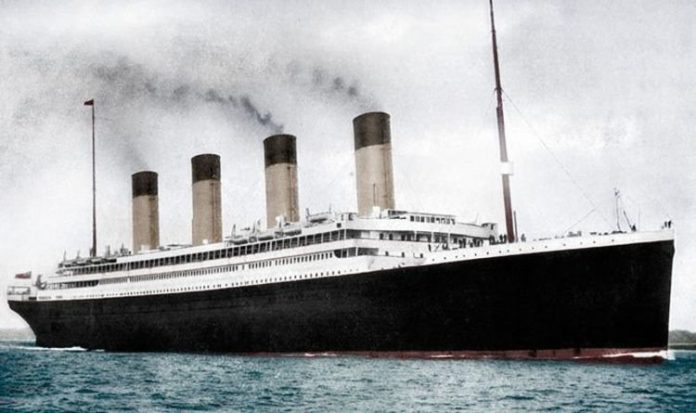The British passenger liner, under the captaincy of Edward Smith, had roughly 2,200 passengers on board when it collided with an iceberg shortly before midnight on April 14, 1912. The disaster saw more than 1,500 people lose their lives on the “unsinkable” vessel in one of modern history’s deadliest commercial marine disasters. An official inquiry into the incident by the British Wreck Commissioner found the owners – White Star – were not to blame for the disaster, but in the years since numerous myths have developed over the story.
And according to expert Tim Maltin, these have shaped the public’s perception of what really happened on that fateful night.
Speaking during History Hit’s ‘Debunking the Myths of the Titanic,’ he said the story known today is “not accurate”.
He added: “We all know the main points, but when I started reading and learning about it I found out Captain Smith was not drunk, the rudder wasn’t too small, the rivets were not weak.
“The more I looked into it, I thought ‘well, what really did cause this incredible disaster?’”
Probed on one of the most prevalent theories – that the lookouts did not have binoculars to see the iceberg – Mr Maltin said it was true, but would not have made much difference.
He said: “The reason why that myth is so persistent is that it is true that there were no binoculars in the crow’s nest that night.
“However, what we need to remember is, when you are looking for icebergs at night, the best way to detect them is with the naked eye.
“That is because the naked eye has a wide field of vision and that helps the way we detect objects.
“If you look through binoculars it is hopeless. Had they had binoculars it would have slowed them down.”
READ MORE: Titanic artefact found after 100 years ‘could have saved’ passenger liner from iceberg
“But what she was not designed for was a side-swipe disaster that did a little bit of damage along 200 feet of Titanic.
“That was five water-tight compartments.”
Following Titanic’s tragic sinking, numerous expeditions were launched in the hope of discovering its remains, but they were unsuccessful.
It was not until 1985 when the wreck was finally located by Robert Ballard of the Woods Hole Oceanographic Institution during a covert US military mission to recover two sunken nuclear submarines at the bottom of the ocean.







